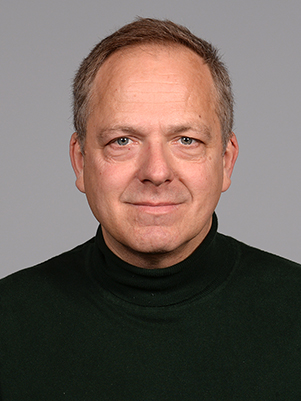Cosmology and Argument in Ancient Philosophy
The aim of this conference is to gather a select group of scholars working on ancient cosmology, logic, epistemology, and metaphysics to explore the interaction between ancient cosmologies and arguments from the Presocratics to Late Antiquity, how different modes of argumentation interact in a single author or a group of authors, and whether there was, if any, an evolution of these themes in the history of ancient Greek philosophy. The conference will take place at K. Donelaitis Room, Faculty of Philology, Universiteto st. 5.
Keynote speakers

Gábor Betegh
University of Cambridge
Caterina Pello
University of Geneva
Thomas Kjeller Johansen
University of Oslo
Barbara Michaela Sattler
University of St. Andrews
Klaus Corcilius
University of Tübingen
Matthew Duncombe
University of Nottingham
Chiara Ferella
Johannes Gutenberg University Mainz
Aistė Čelkytė
Leiden University
Mantas Adomėnas
Vilnius University / Baltic Institute of Advanced Technology
Vilius Bartninkas
Vilnius University
Luca Gili
Vilnius University
Barbara Michaela Sattler
University of St. Andrews
Barbara Michaela Sattler is a senior lecturer at University of St. Andrews, Department of Philosophy. Previously, she was an assistant professor at Yale University (2007-2013). She has published The Concept of Motion in Ancient Greek Thought: Foundations in Logic, Method, and Mathematics (CUP, 2020), edited One Book, the Whole Universe: Plato's Timaeus Today (Parmenides, 2010), co-edited Ancient Ethics and the Natural World (CUP, 2021) and published numerous articles on ancient metaphysics and natural philosophy in OSAP, Journal of the History of Philosophy, Ancient Philosophy and elsewhere.
Abstract
Proportion and friendship in Plato’s Timaeus
Plato employs mathematical structures in the Timaeus in order to demonstrate that the phenomenal world displays a substantial degree of intelligibility. I begin this paper by discussing one central problem of this mathematisation, namely that arithmetic and geometry seem to be tied to different ontological realms in the Timaeus: while arithmetic is closely tied to the world soul and time, geometry is employed for the material bodies in the space-like receptacle. In a second step I investigate Plato’s usage of proportion theory as an attempt to unify arithmetical and geometrical structures and as a bond that can bestow unity and thus friendship among the parts.
